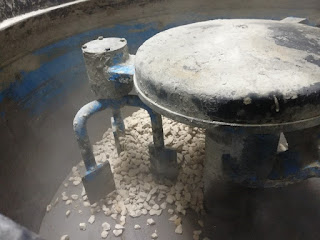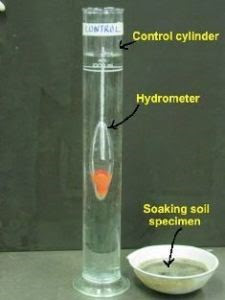CONSTRUCTION LAB REPORT: Concrete Mixing

CONSTRUCTION LAB REPORT Concrete Mixing Summary: This blog post is a report of laboratory concrete mixture, followed by a slump test to ensure good workability of the concrete. Introduction: Concrete is a mixture of cement, sand, aggregate, water, and possibly an admixture. Proportions of each ingredient are adjusted to produce a well-balanced mix. Concrete sets in as few as 10 hours and continues to harden and cure as long as moisture and unhydrated cement are present. However, most of the increase in strength occurs within a few weeks. Experimental Procedure: 1. For strength requirements, select the water to cement ratio by weight. 2. Before mixing concrete, be sure that the mixer has been "buttered" with a mixture of cement, sand, and water. 3. Divide your water into two buckets, one with about 3/4 of the water. 4. Put about half the coarse aggregate and the 3/4-bucket of water. 5. Start the mixer. 6. Add about half the f

